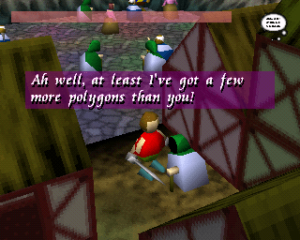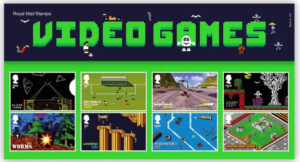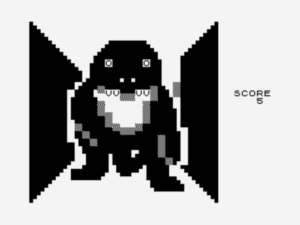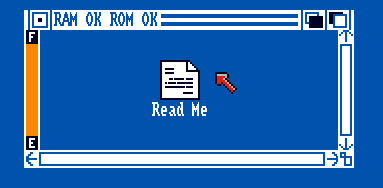

Read Me is a regular column where we collate the best recent reads on retro gaming.
The Sumerian Game: The Most Important Video Game You’ve Never Heard Of
Kate Willaert of A Critical Hit has researched early computer games and tells us about the first game with a narrative, The Sumerian Game.
NULLED: The Typing of the Dead (Arcade, 1999)

You know House of the Dead? The classic light gun arcade game by Sega? We learned this month that there was a spin off typing game, and it ain’t no Mavis Beacon! David C James of Pixel Hunted finds one in the wild…
The mysterious origins of an uncrackable video game
John Aycock and Tara Copplestone are ‘video game archaeologists’ who are studying 500 Atari 2600 games to see how they were made. Chris Baraniuk of BBC Future digs deeper…
We Stand on the Shoulders of Giants
Author of SNES emulator, bsnes, on the process of building on other’s work and allowing yours to be built on.
Soulfire: The MC Hammer Game We Couldn’t Touch

DillyDylan of Gaming Alexandria gets the lowdown on the cancelled Sega CD game, Hammer vs. Evil D. in Soulfire.
Knight Orc (Level 9) … yes, it actually exists!
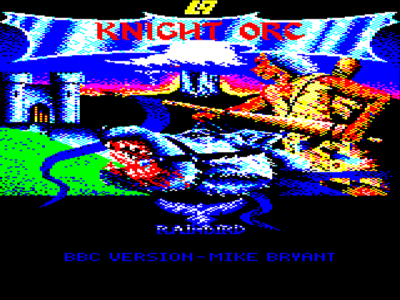
Arcadian on the BBC / Acorn Stardot forums gives us news that the previously thought missing BBC Micro game, Knight Orc, has been found.
Atari Gotcha: The Boob Game
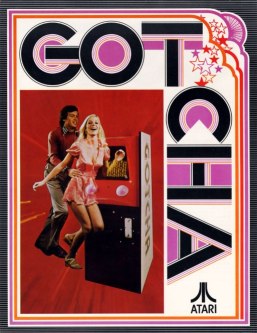
Tony Temple of Arcade Blogger on Atari’s controversial arcade game, Gotcha, where you control your character using essential a breast.
The Secret afterlife of the Amiga CD32

After Commodore went belly-up, the CD32 was used by an Italian firm to make arcade games. Were they any good? Paul Rose of Digitiser finds out..




